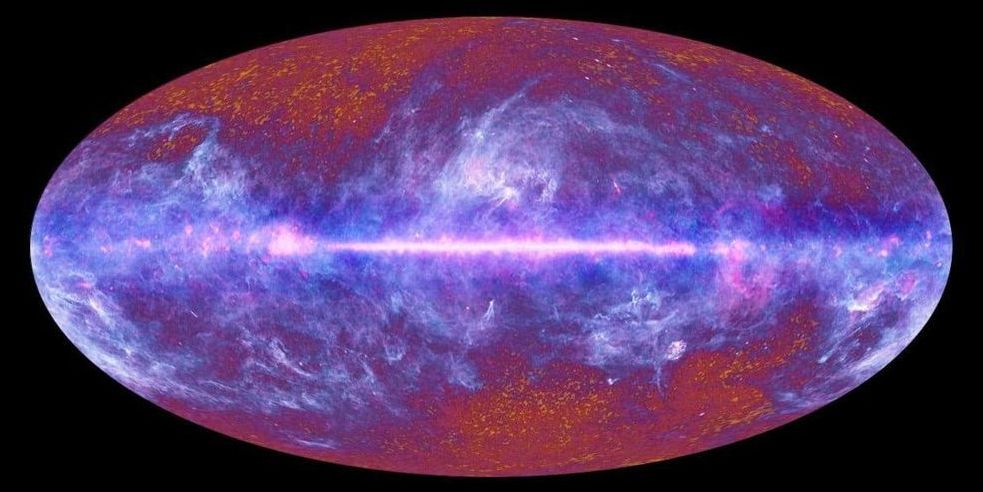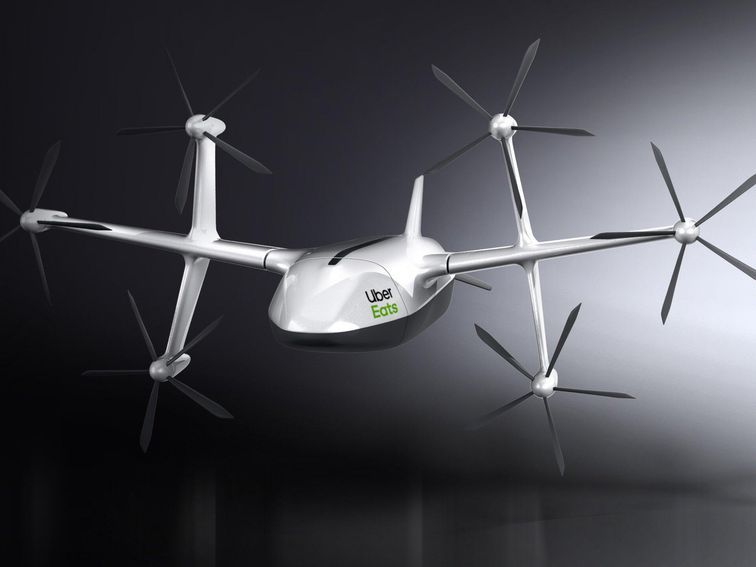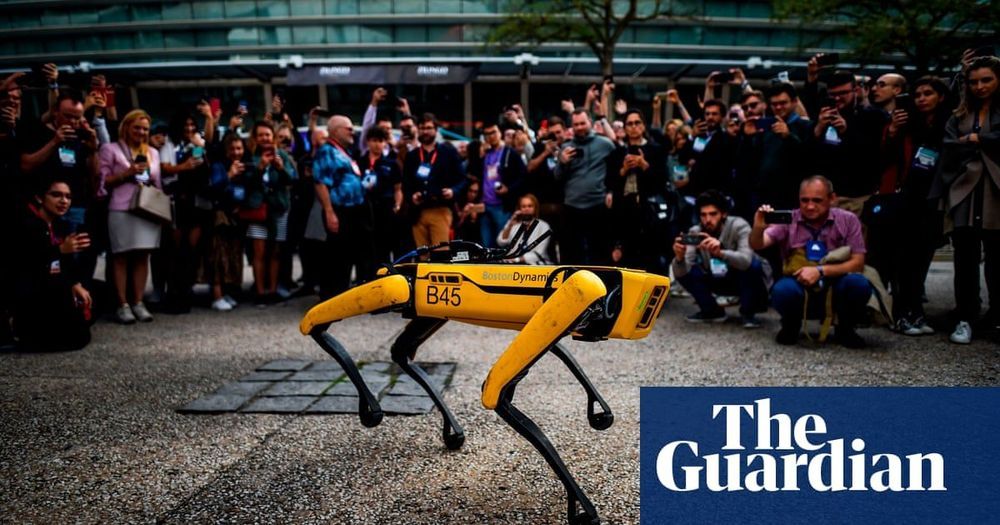Nov 10, 2019
New Research Suggests the Universe May Be A Closed Sphere, Not Flat
Posted by Paul Battista in categories: cosmology, transportation
Most people think of space as a flat sheet: You travel in one direction, and you end up far from your starting point. But a new paper suggests that the universe may in fact be spherical: If you travel far enough in the same direction, you’d end up back where you started.
Based on Einstein’s theory of relativity, space can bend into different shapes, so scientists assume the universe must be either open, flat, or closed. Flat is the easiest shape to understand: it is how we experience space in our everyday lives, as a plane in which a beam of light would extend off into infinity. An open universe would be saddle-shaped, with a beam of light bending across the curvature. And a closed universe would be a sphere, with a beam of light eventually looping back around it to meet its origin.
In order to tell which shape our universe is, scientists can look at a phenomenon called the cosmic microwave background (CMB). This is the electromagnetic radiation which remains from the Big Bang, also called “relic radiation.” It fills all of space and can be detected with a sufficiently powerful radio telescope.


















